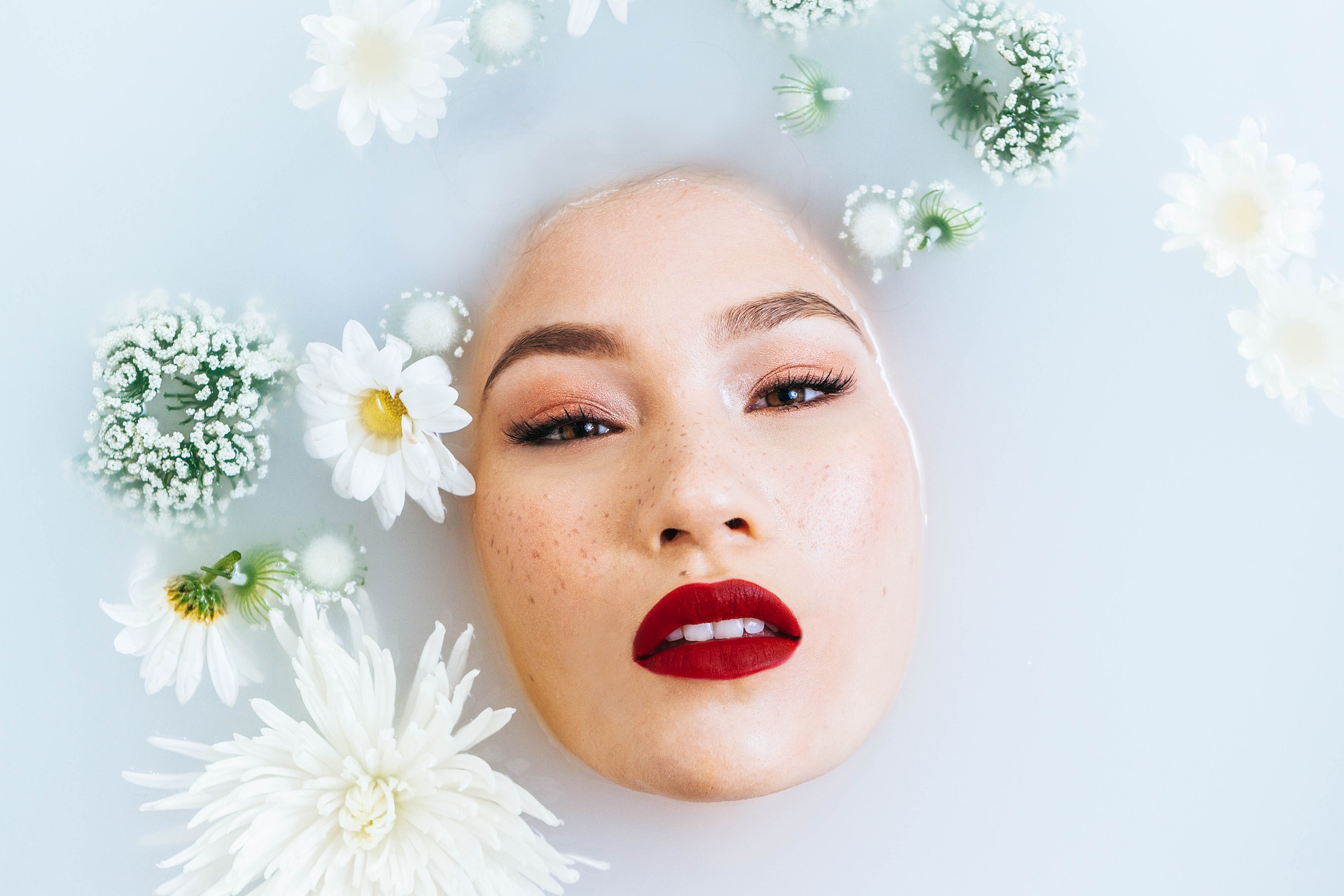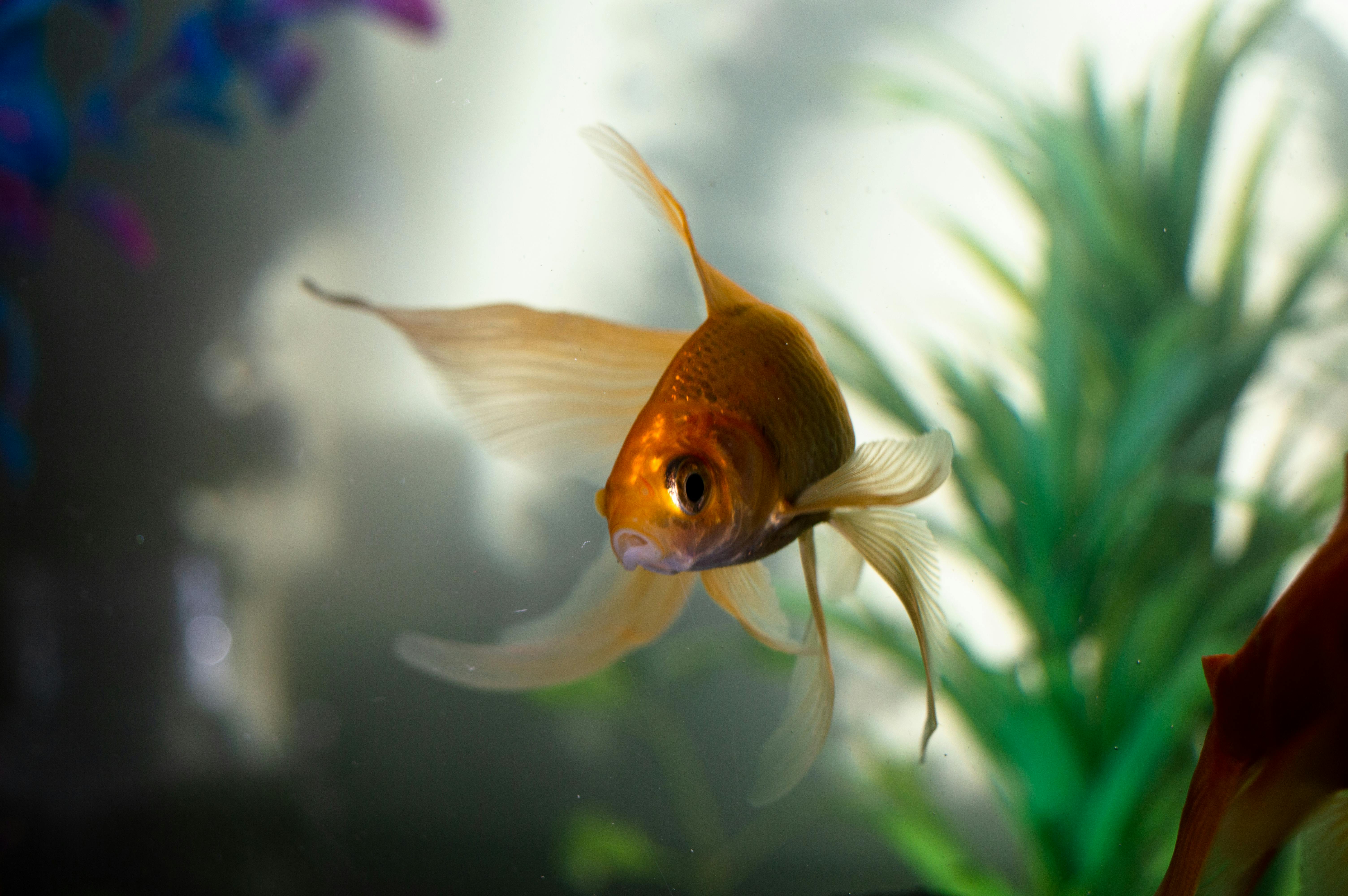The Revival of Ancient Beauty Rituals in Modern Self-Care
From the beginning of time, humans have sought ways to improve their physical appearance and enhance their natural beauty. We've come a long way from the days of using berries as lipstick and ashes for eyeshadow. Yet, as we continue to innovate and discover new beauty and wellness practices, it seems we're also turning back the clock. In recent years, there's been a resurgence of ancient beauty rituals in modern self-care, a trend that's reshaping the beauty and fitness industry.

The Rich History of Ancient Beauty Rituals
Fascination with beauty isn’t a new concept. Ancient civilizations, such as the Egyptians, Greeks, and Romans, had a keen interest in physical appearance and body health. They developed a variety of beauty rituals, using ingredients like honey, olive oil, and milk, which were believed to have healing and beautifying properties. For example, Cleopatra, the last active ruler of the Ptolemaic Kingdom of Egypt, was known for her radiant skin and striking beauty, which she maintained using a variety of natural remedies and ancient rituals.
The Modern Resurgence of Ancient Rituals
In the past decade, there has been a notable shift in the beauty industry as consumers become more mindful of the products they use. Many are turning away from synthetic products and embracing natural, plant-based alternatives. This movement towards ‘clean beauty’ has led to the revival of age-old beauty rituals, with a modern twist.
Ancient Rituals in Modern Self-Care: An Industry Transformation
The resurgence of ancient beauty rituals isn’t just changing consumer habits; it’s transforming the entire beauty industry. Brands are capitalizing on the trend, creating products that incorporate age-old ingredients and rituals, backed by modern science. For example, the use of charcoal in skincare, a practice that dates back to ancient Egypt, has seen a significant rise in popularity.
Current Trends and Market Impact
The current market trends suggest a growing interest in these ancient practices. According to a report by Grand View Research, the global organic personal care market size was valued at USD 13.33 billion in 2018 and is expected to grow at a compound annual growth rate (CAGR) of 9.4% from 2019 to 2025. The report attributes this growth to increasing demand for organic and natural products for skin and hair care due to rising concerns over the harmful effects of certain synthetic chemicals.
Evidence-Based Benefits of Ancient Beauty Rituals
While these rituals have been around for centuries, it’s only recently that we’ve started to understand their benefits from a scientific perspective. For instance, turmeric, a key ingredient in traditional Indian beauty rituals, has been found to have anti-inflammatory and antioxidant properties that can help improve skin health. Similarly, green tea, used in Japanese beauty rituals for centuries, contains antioxidants that can help fight signs of aging.
In conclusion, the revival of ancient beauty rituals in modern self-care is more than just a trend. It’s a reflection of our growing understanding of the importance of natural, sustainable beauty practices. By combining the wisdom of our ancestors with the scientific knowledge of today, we’re able to create a holistic approach to beauty and wellness that’s not only effective but also respectful of our bodies and the environment.





